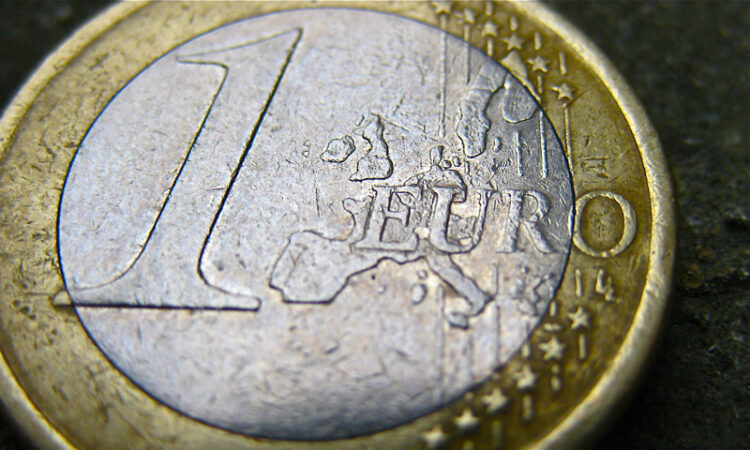
In 2002, the first notes and coins of the new currency, the euro, started to circulate in 11 countries of the European Union, quickly replacing national currencies.
Together with the Schengen agreement of 1995 which abolished border controls within the European Schengen area, the euro is the most important symbol of European unification.
The introduction of the euro was decided in 1992, during the summit in Maastricht, but had a longer history than that.
Way back in 1929, Gustav Stresemann, foreign minister of the Weimar Republic, asked in the League of Nations for a European currency. You don’t have to be a historian to know that the timing was not ideal.
When US president Richard Nixon in 1971 removed the gold standard for the dollar, it resulted in major monetary fluctuations in Europe and the rest of the world.
In 1979 the European Monetary System was created, a system that fixed exchange rates to a European Currency Unit (ECU), countering exchange rates and inflation.
After the fall of the Berlin Wall in 1989, German reunification was inevitable, despite the opposition of France and the UK.
In a gentlemen’s deal, French president François Mitterrand agreed to the reunification of Germany – if German chancellor Helmut Kohl committed to monetary unity.
The idea was to call the new currency the ECU, as it had been since 1979, until it was found out that the écu was actually the name of gold coins of France during the reign of Louis XI.
As the word “euro” had no history in any European country, it was chosen as the name of the currency that would be introduced first in 1999 as a virtual currency, and then in 2002 as a hard currency.
In 1997, the European Commission created the Growth and Stability Pact, imposing a common budgetary policy in order to stabilise the currency.
Then in 1998 the European Central Bank replaced the European Monetary Institute, to guard the monetary policy of the euro.
Considering the likely teething problems of any new currency, the euro was considered a great European success – until the euro crisis of 2009-2012, when the financial and economic fallout almost caused the end of the eurozone.
The Lisbon Treaty in 2009 formalised the Eurogroup, a gathering finance ministers of the 19 euro-using member states.
Even though some populist politicians claim they want to go back to their country’s old currency, the popularity of the euro remains high with a large majority of the Europeans.
Bulgaria, Croatia, Czech Republic, Hungary, Poland, Romania, and Sweden are still in the process of joining the eurozone, but no date has been fixed yet. Denmark has an opt-out under the 1992 Maastricht Treaty, and rejected joining the single currency in a referendum in 2000.




